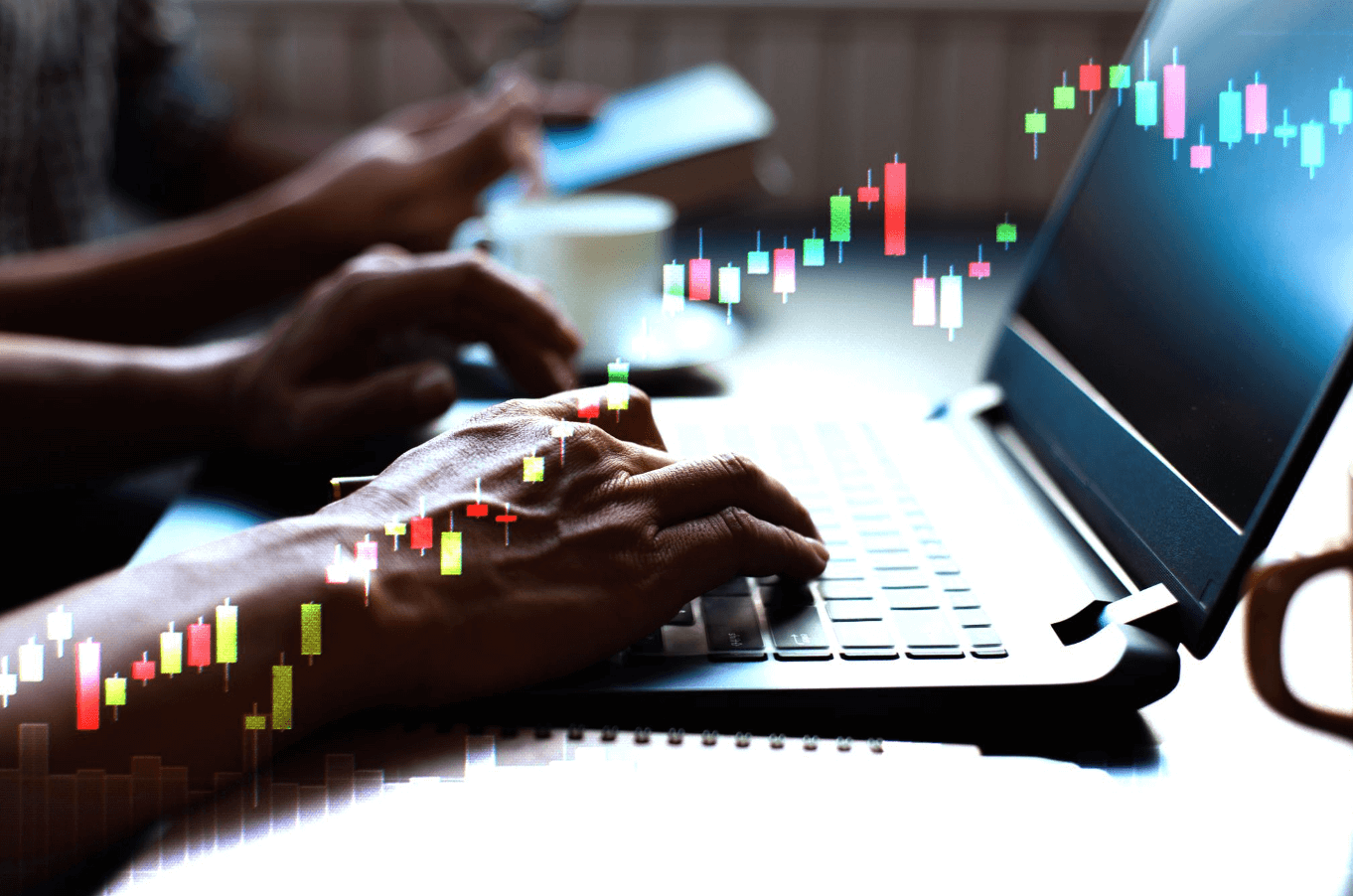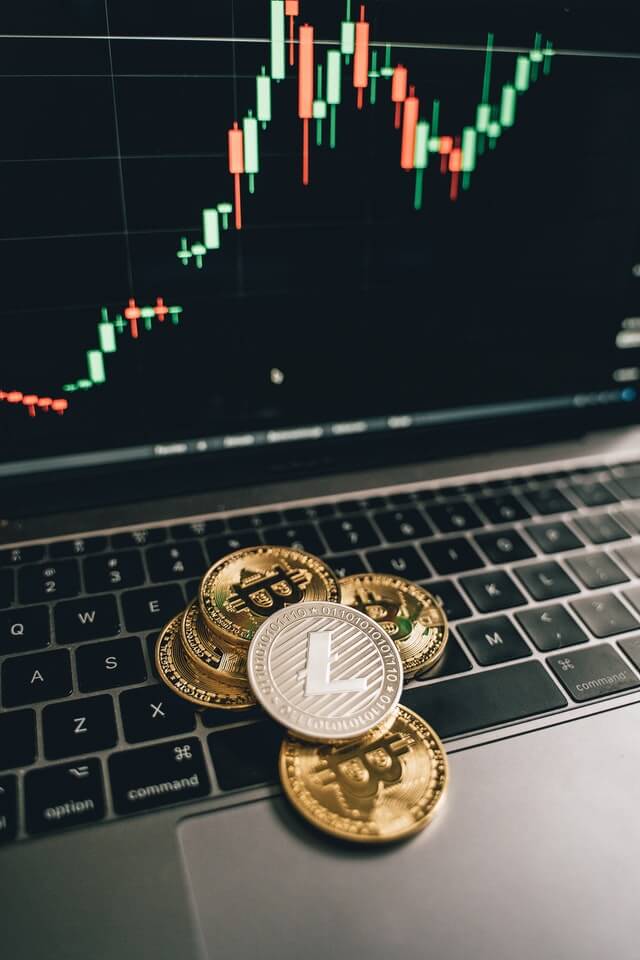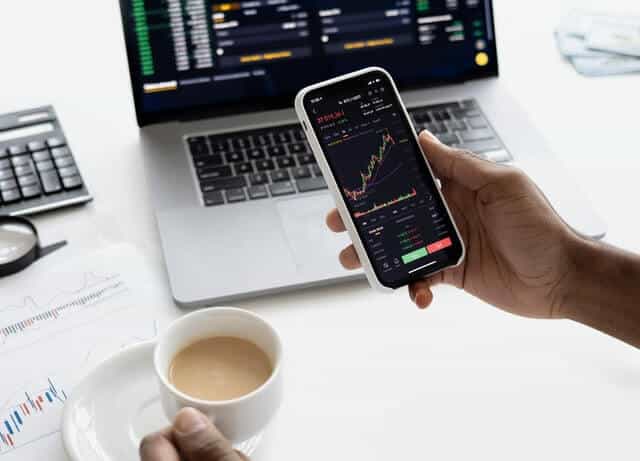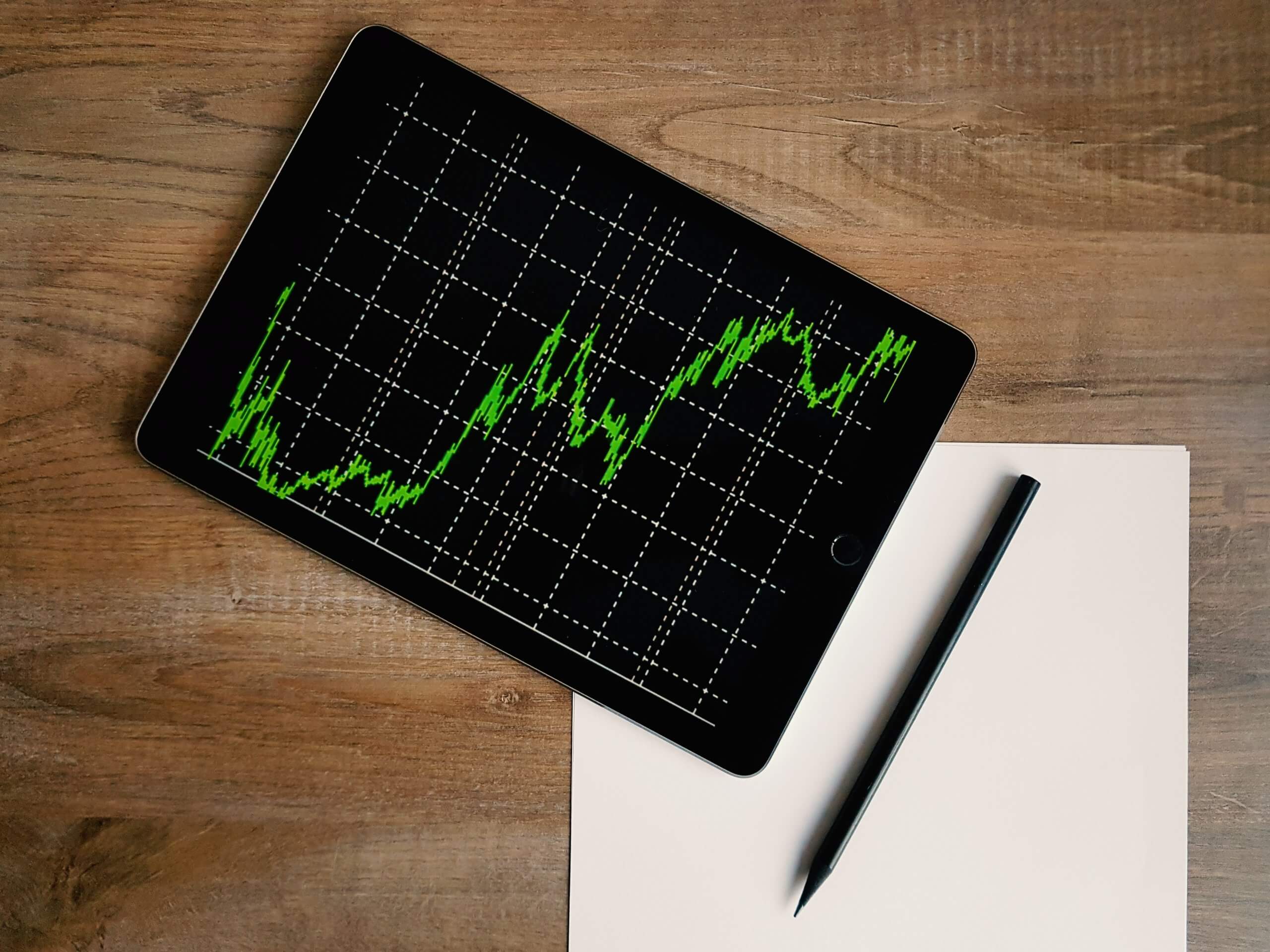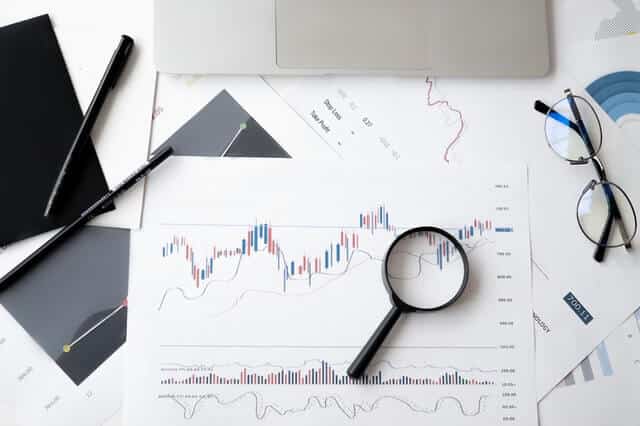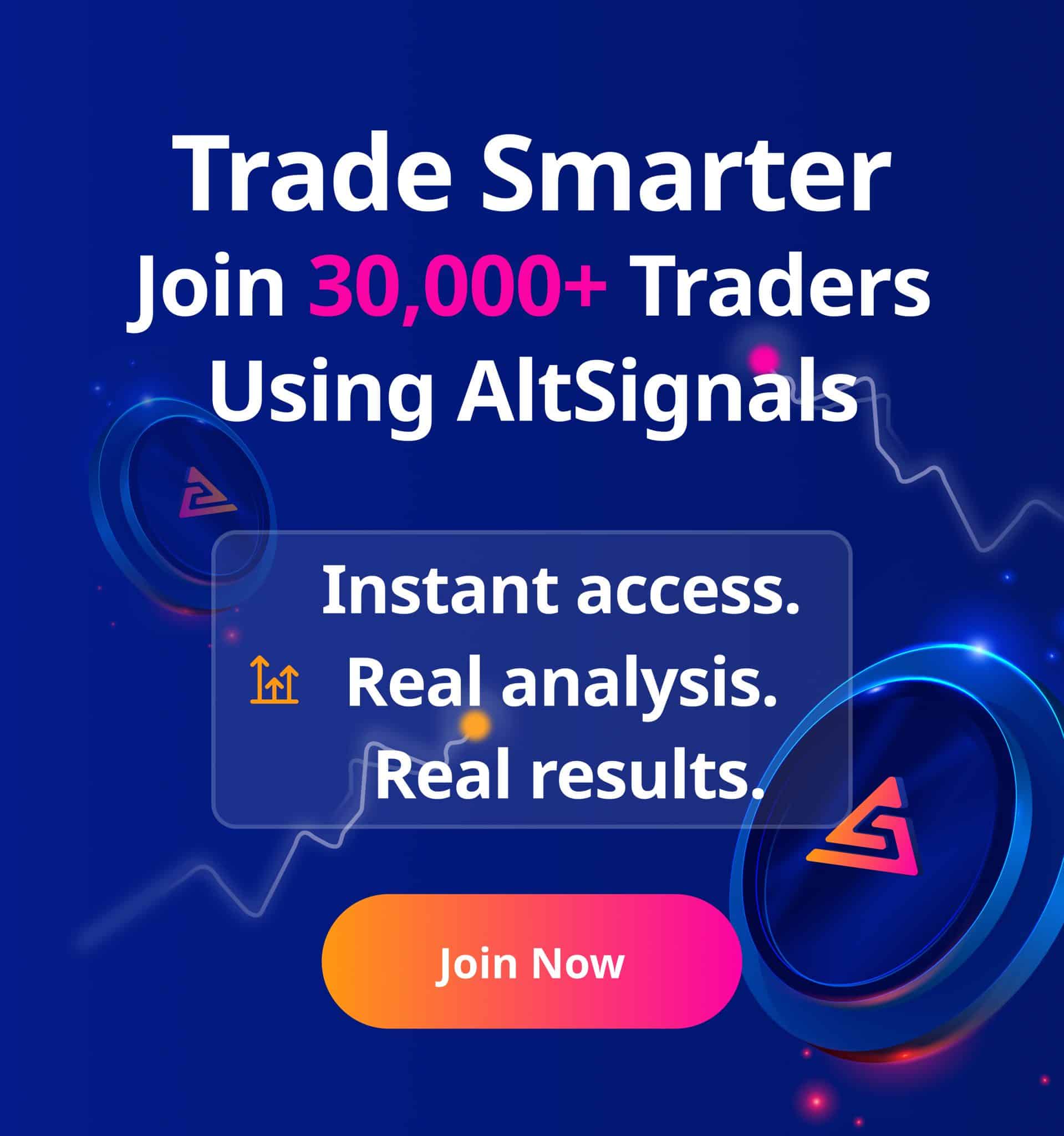With an increasing number of forex brokers offering cryptocurrency trading, if you’re looking to expand your crypto portfolio, it’s worth understanding the forex market and how it operates.
In this blog, we take a deep dive into forex signals, explaining what they are, how they work and where to find them.
What is forex?
Before we get into what exactly forex signals are, it helps to understand a bit about the forex market itself.
Forex is short for the foreign exchange market and is the largest market in the world. It deals with the exchange of international currencies and sets the foreign exchange rate for each currency. It is a highly accessible trading system, with traders able to set up accounts in a matter of days and begin trading with as little as £50. The market is open around the clock five days a week and traders can do business online.
Many forex broker snow offer cryptocurrency trading, with individual traders being able to deposit, withdraw and trade on digital currency accounts. Cryptocurrency contracts for differences (CFD) are usually what is traded when dealing with crypto on forex. This means, the trader enters a contract with a broker and agrees to exchange the value difference of a currency between the beginning and of the contract. The trader never actually purchases currency – instead they speculate and trade on the increase and decrease in the value of the currency.
What are forex signals?
Forex signals are trade recommendations that suggest which currency pair to target, whether you should buy or sell, at what price point you should purchase or sell a currency and a specified time that the trade should take place.
What is forex signal trading?
When people talk about forex signal trading, they’re referring to the use of forex signals to make informed trading decisions.
Forex signals are meant to help both seasoned and novice traders to identify good trading opportunities and increase the profitability of their portfolios. However, whether or not you act on the recommendation of any particular signal will depend on a range of factors, including your attitude to risk and the quality of the signal.
How do forex signals work?
Forex signals come in the form of short messages that are sent via email, text, Skype or through social media platforms like Twitter, Facebook and Telegram.
A typical forex signal may look something like this:
Sell GBP/USD at CMP 0.9431 – SL 0.9484 – TP 0.9291
This signal is recommending that the trader ‘sells’ on the GBP/USD pair. If there was a ‘Buy’ shown instead, you would of course buy on that pair.
CMP stands for current market value. When a signal contains a CMP, it’s to help you compare the price of the currency pair at the time the signal went out with the price when placing the order. Here the CMP is listed as 0.9431.
Good quality forex trade signals should also contain ‘stop loss’ and ‘take profit’ orders. SL stands for ‘stop loss’ and shows the point at which you should exit a trade to minimise losses. In this example, the signal is telling you to set the stop loss at 0.9484. Finally, TP refers to the profit level at which your investment should be sold.Here the take profit order is 0.9291.
How to find forex signals
Forex signals can either be generated automatically by algorithm-based trading software or by human intelligence via financial analysts and trading experts.
You can get access to automatic trading software through many forex brokers and service providers.If you’re looking for manually generated trading signals, you can find them on social network groups and through professional signal providing companies.
When it comes to finding a good signal provider, it’s important to take the following points into account:
● Time zone
If you want to receive alerts during your waking hours, it’s important to choose a provider that operates in your time zone.
● Quality over quantity
It’s better to get fewer high quality signals than be bombarded with a high volume of low quality signals. Go for a provider that only sends out the robust, reliable signals.
● Fair and transparent subscription fees
If you choose to go with a paid provider, you should look closely at what you’ll be getting for your money. A good provider will give you clear information about what exactly is included in a monthly subscription fee. You should be able to compare these fees with other reputable providers to ensure that you’re getting a good price.
● Risk management
A good forex trading signal provider will be able to help you to minimise losses and work with your own risk tolerance level by allowing you to manage your risk effectively. Check to see if the provider you’re interested in offers any risk management features.
● Results
You’ll want to choose a provider with a proven track record of success so it’s a good idea to select one that publishes their performance data. That way, you can compare providers and make informed decisions.
● Coaching
A good provider gives you high quality signals but a superior provider also gives you the coaching and insights you need to create better strategies and become a more successful trader. It’s a good idea to look out for providers that offer you more for your money than just basic signals.
